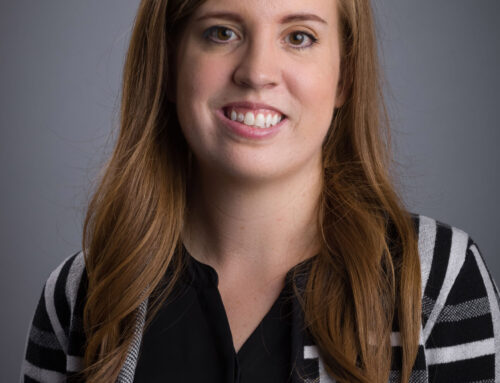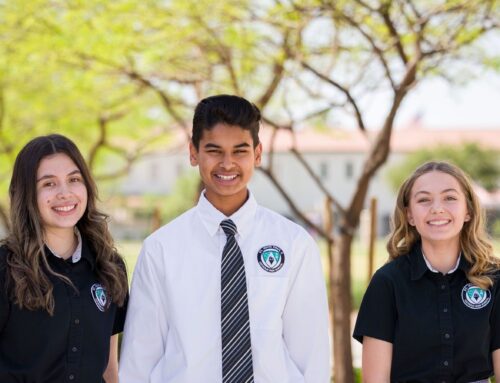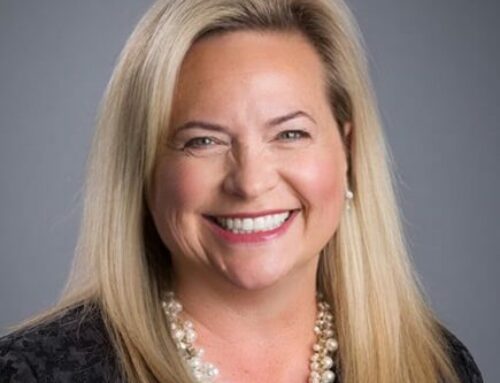By Lennon Audrain
Science and I can get along, but not without extra work on my part. You can ask any of my teachers, from those I had at St. Gregory to the ones that are trying to help me here at Brophy, and they will tell you that my strengths lie elsewhere. They would readily agree that my academic sweet-spot is somewhere in the humanities: Music, English, and Languages. Science is a bit outside my comfort zone.
With that in mind, imagine me walking into the Science Lab at Saints Simon and Jude Cathedral School to meet the seventh graders who had won the Honeywell Fiesta Bowl Aerospace Challenge. I was intimidated by the students before I even walked into the room.
“The overall mission
[of the Honeywell Challenge] was to transport Helium-3, which has to be mined, from the moon back to earth,” said Ethan, one of the team Genesis members. Right. They lost me at Helium-3.
Don’t we have enough helium on earth? Isn’t that the stuff we are using to fill birthday balloons? Wait, are we wasting this precious Helium-3 on birthday balloons?
So, of course, I had to clarify, “what exactly is Helium-3?”
“It’s an energy source. There are little amounts on earth, but lots of deposits on the moon,” said Benny. Helium-3 (He3) is gas that has the potential to be used to fuel future nuclear fusion power plants. Their plan was to liquefy the Helium-3 and ship it back to earth.
“A hypothetical base had to be built on the moon so the job of mining Helium-3 could be done,” said Rian. The base model had to be built out of recycled products, and the team could not spend more than $50 on materials. They called their base Emergence.
And while the scientific challenges were steep, for many of these students it wasn’t the intellectual challenges that were the most daunting. This competition forced them to utilize all of their skill sets and took them out of their comfort zones – in a good way.
Isa had a fear of public speaking. When she found out that her team had made it to the finals, Ms. Callaghan told the team that they would have to present on stage. “Everyone helped me from my teachers to my family and friends, and especially my team,” said Isa.
They also all wanted to acknowledge the faith and science conundrum; but even 238,000 miles away on the moon, these seventh graders found a way to combine the two in their project.
“Genesis means the start of something new,” said Bianca, “we wanted to base it off of our Catholicism. We broke down the name Ge-ne-si-s into four parts of the periodic table that we can actually use in our base.”
“Germanium (Ge) and Silicon (Si) are two necessary elements in the making of new technologies, such as new computers,” said Ethan, “Neon (Ne) symbolizes that they make a bright light and shows we are unique, and Sulfur (S) is necessary in the making of solid rocket boosters.”
Of course, this wouldn’t have been at all possible without their amazing Science teacher, Ms. Callaghan, who supported them throughout it all.
“Overall, I really want the kids to see this: look how exciting learning can be,” said Ms. Callaghan.
So to Benny, Ethan, Rian, Isa, Bianca, and Ms. Callaghan: It goes without saying that you all are going places, obviously to the moon, but far beyond that, too.
“Kids, you’ll move mountains (and Helium-3, and the moon, and I’m sure, eventually the Galaxy)!” –
–Your Admirer, Lennon Audrain
(Okay, most of the quote is from Dr. Seuss, but the stuff in the parentheses is mine! I just had to throw some of him in there because I interviewed team Genesis on his birthday.)
If you would like to make the Honeywell Space Challenge at Saints Simon and Jude possible for even more students, donate to Catholic Education Arizona at www.catholiceducationarizona.org, School Code 188.



